SCRANTON — A striking, massive mural honoring the indigenous Lenape people who first settled the Lackawanna Valley is essentially complete in Scranton as officials prepare for a formal dedication ceremony Aug. 1.
Native American artist Ben Scott Miller — a registered citizen of the Delaware Tribe of Indians in Oklahoma, a federally recognized tribe of the Lenape — and Miguel Angel Belinchón, a Spanish artist known as Belin, began work earlier this month on the mural titled “Remembrance and Continuance: The Lenape Story in Scranton.” A joint project by Lackawanna County and the nonprofit Scranton Tomorrow, the 8,000-square-foot piece of public art adorns the north side of the Brixx Building, 130 N. Washington Ave., owned by developer Art Russo’s ATR Properties.

The Lenape Mural on the Brixx Building on Washington Ave. in Scranton on Tuesday, July 22, 2025. (REBECCA PARTICKA/STAFF PHOTOGRPAHER)

The Lenape Mural on the Brixx Building on Washington Ave. in Scranton on Tuesday, July 22, 2025. (REBECCA PARTICKA/STAFF PHOTOGRPAHER)

The Lenape Mural on the Brixx Building on Washington Ave. in Scranton on Tuesday, July 22, 2025. (REBECCA PARTICKA/STAFF PHOTOGRPAHER)

Students from Scranton Prep visit Tuesday, July 22, 2025 with Native American artist Ben Miller and pose for a group photo at the site of a new mural titled “Remembrance and Continuance: The Lenape Story in Scranton” painted on the 8,000-square-foot north side of the Brixx Building, 130 N. Washington Ave., which is owned by Art Russo’s ATR Properties. A joint project…


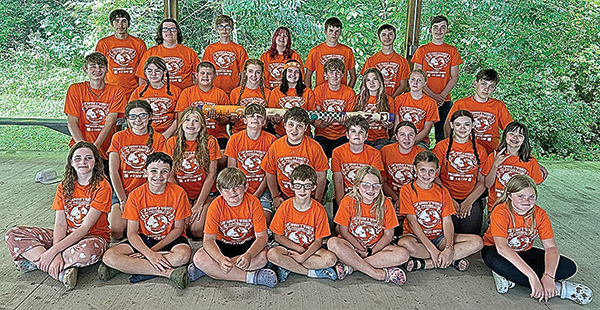
 Seneca – front row, from left: Brayden Diller, Arabella Wade, Savannah Barnes, Jameson Slifer, Ryan Burns, Aria Nelson, Lane Wilfong and Michael Friel. Second row: Boone Cassell, Mia Valach, Savana Sharp, Jaryd Wilfong, Lillie Cassell, Mackenzie White, Amelia Rogers and Adalyn Beverage. Back row: Makiya Burns, Riley Hamons, Sienna Hamons, Layla Highland, Hannah Burks, Natalie Irvine, Konrad Lowe, Grayson Barlow, Caleb Ritter, Richard White, Jaxon Cassell, Kylor Brock and Victor Dean.
Seneca – front row, from left: Brayden Diller, Arabella Wade, Savannah Barnes, Jameson Slifer, Ryan Burns, Aria Nelson, Lane Wilfong and Michael Friel. Second row: Boone Cassell, Mia Valach, Savana Sharp, Jaryd Wilfong, Lillie Cassell, Mackenzie White, Amelia Rogers and Adalyn Beverage. Back row: Makiya Burns, Riley Hamons, Sienna Hamons, Layla Highland, Hannah Burks, Natalie Irvine, Konrad Lowe, Grayson Barlow, Caleb Ritter, Richard White, Jaxon Cassell, Kylor Brock and Victor Dean.  Cherokee – front row, from left: Ayla Fanning, Sullivan Seldomridge, Kysor Calhoun, Andrew Herold, Daisy Hefner, Alida McNeel and Brinley McLaughlin. Second row: Elizabeth Friel, Chloe Annett, William Shifflett, Jesse McNabb, Rufus Morgan, Kendyl Hummel, Rowan Lindbloom and Ava Robinson. Third row: Karis Lowe, Laelah Clendenen, Levi Hill, Ramona Hardy, Andrea Alderman, Silas Dean, Sydney Slifer, Makenna Marsh and Ailec Lindbloom-Robinson. Back row: Ezra Bond, Colton Cassell, Tyler Friel, Bayla Plaugher, George Shifflett, Joseph McClure, William Lindbloom.
Cherokee – front row, from left: Ayla Fanning, Sullivan Seldomridge, Kysor Calhoun, Andrew Herold, Daisy Hefner, Alida McNeel and Brinley McLaughlin. Second row: Elizabeth Friel, Chloe Annett, William Shifflett, Jesse McNabb, Rufus Morgan, Kendyl Hummel, Rowan Lindbloom and Ava Robinson. Third row: Karis Lowe, Laelah Clendenen, Levi Hill, Ramona Hardy, Andrea Alderman, Silas Dean, Sydney Slifer, Makenna Marsh and Ailec Lindbloom-Robinson. Back row: Ezra Bond, Colton Cassell, Tyler Friel, Bayla Plaugher, George Shifflett, Joseph McClure, William Lindbloom. Mingo – front row, from left: Jonah Mann, Natalie Sisler, Emma Pugh, Rylee Calhoun, Elijah Keatley, Blake Alderman, Anthony Burdette and Val Phillips. Second row: Bentlee Gladwell, Canden Lambert, Kya Arbogast, Mason Markl, Lydia Taylor, Jace West, Shelldon Maitland and Aubrey Evans. Third row: James Monico, Ben Workman, Erin Rider, Kirsten Friel, Caitlin Mallow, Eden Smith, Grace Beverage and Melinda Beverage. Back row: Abigail Taylor, Katelyn Stull, AJ Bauserman, Riley Pollack, Rya Barlow, Morgan Smith, Rachel Felton, Riyan Gladwell and Cora Baldwin.
Mingo – front row, from left: Jonah Mann, Natalie Sisler, Emma Pugh, Rylee Calhoun, Elijah Keatley, Blake Alderman, Anthony Burdette and Val Phillips. Second row: Bentlee Gladwell, Canden Lambert, Kya Arbogast, Mason Markl, Lydia Taylor, Jace West, Shelldon Maitland and Aubrey Evans. Third row: James Monico, Ben Workman, Erin Rider, Kirsten Friel, Caitlin Mallow, Eden Smith, Grace Beverage and Melinda Beverage. Back row: Abigail Taylor, Katelyn Stull, AJ Bauserman, Riley Pollack, Rya Barlow, Morgan Smith, Rachel Felton, Riyan Gladwell and Cora Baldwin.  Delaware – front row, from left: Ariana Woody, Evelyn Simmons, Jerzie Jackson, Simon Scotchie, Annabel Swan, Owen Boggs, Owen Sattler and Bianca Arnold. Second row: Elizabeth McClure, Kaya Eves, Isabella McClure, Diamond Owens, Madelynne Wims, Aliza Hayes, Brynn Clutter and Weston Cassell. Third row: Luke Taylor, Adalee Hayes, Ahna Valach, Luke Gainer, RT Hill,…
Delaware – front row, from left: Ariana Woody, Evelyn Simmons, Jerzie Jackson, Simon Scotchie, Annabel Swan, Owen Boggs, Owen Sattler and Bianca Arnold. Second row: Elizabeth McClure, Kaya Eves, Isabella McClure, Diamond Owens, Madelynne Wims, Aliza Hayes, Brynn Clutter and Weston Cassell. Third row: Luke Taylor, Adalee Hayes, Ahna Valach, Luke Gainer, RT Hill,…


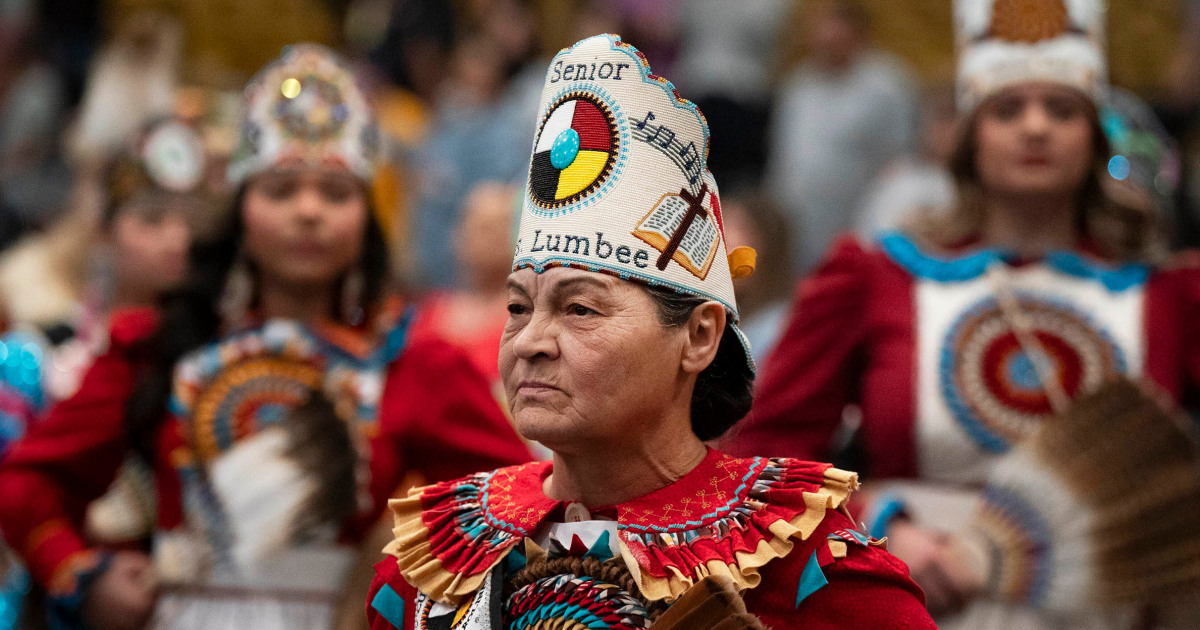
 Continue reading
Continue reading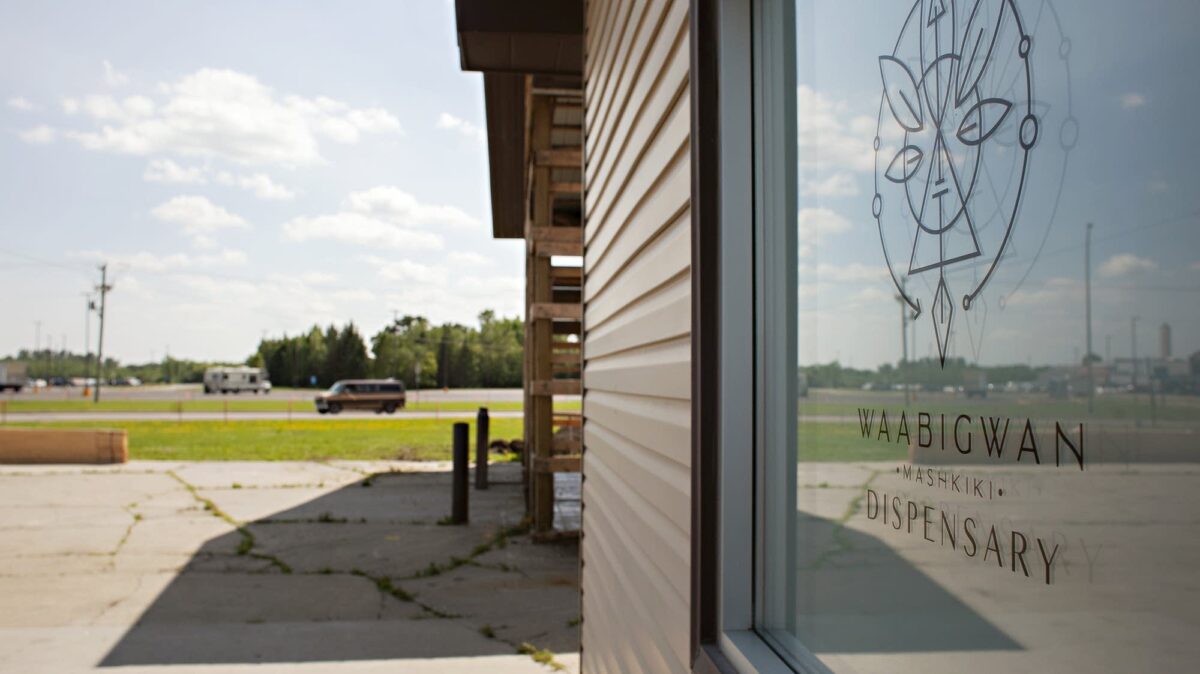

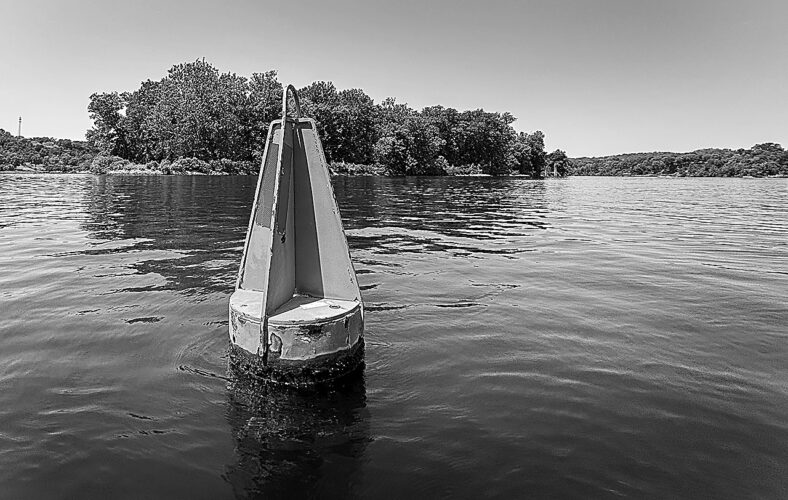


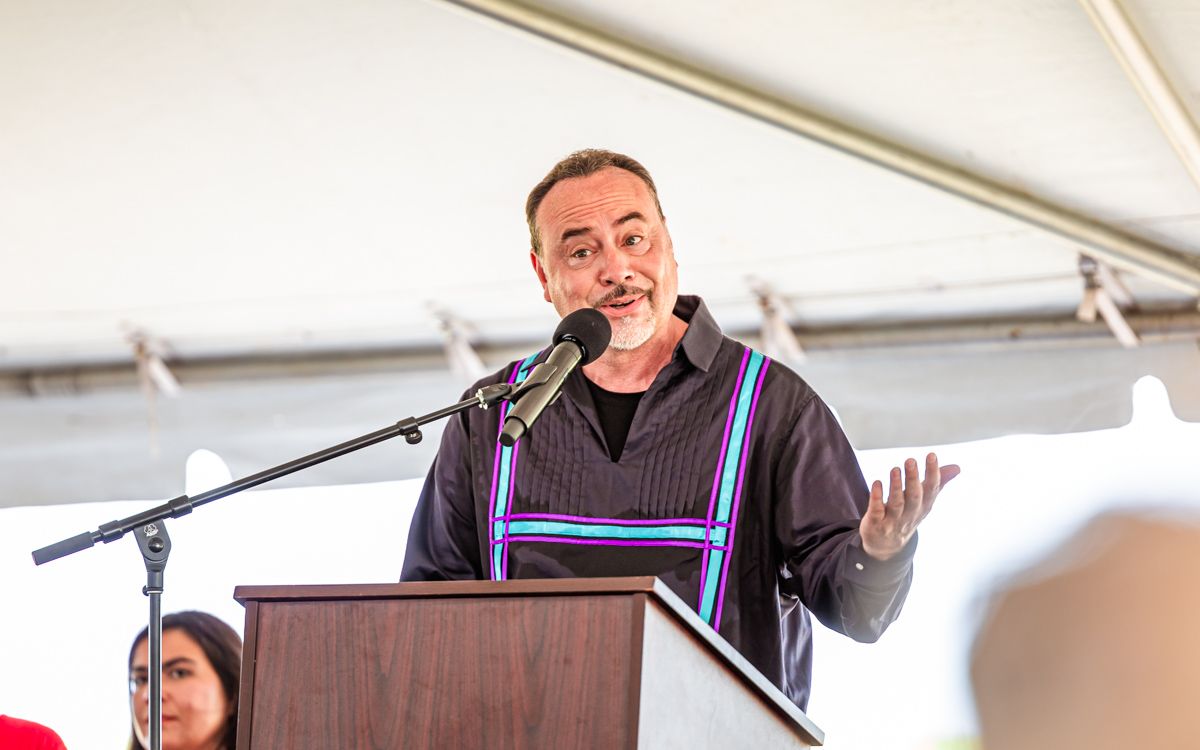
 “,”once_per_page”:1,”debugmode”:false,”blog_id”:1,”type”:”image”,”position”:”none”,”tracking_enabled”:true,”privacy”:{“ignore”:false,”needs_consent”:false}},”93262″:{“id”:93262,”title”:”Arch Gable – 202503 – Primo”,”expiry_date”:1749358740,”visitors”:[],”content”:”
“,”once_per_page”:1,”debugmode”:false,”blog_id”:1,”type”:”image”,”position”:”none”,”tracking_enabled”:true,”privacy”:{“ignore”:false,”needs_consent”:false}},”93262″:{“id”:93262,”title”:”Arch Gable – 202503 – Primo”,”expiry_date”:1749358740,”visitors”:[],”content”:” “,”once_per_page”:1,”debugmode”:false,”blog_id”:1,”type”:”image”,”position”:”none”,”tracking_enabled”:true,”privacy”:{“ignore”:false,”needs_consent”:false}},”94272″:{“id”:94272,”title”:”Theatre Lawrence – Clue – 202503 – Primo”,”expiry_date”:1745211540,”visitors”:[],”content”:”
“,”once_per_page”:1,”debugmode”:false,”blog_id”:1,”type”:”image”,”position”:”none”,”tracking_enabled”:true,”privacy”:{“ignore”:false,”needs_consent”:false}},”94272″:{“id”:94272,”title”:”Theatre Lawrence – Clue – 202503 – Primo”,”expiry_date”:1745211540,”visitors”:[],”content”:” “,”once_per_page”:1,”debugmode”:false,”blog_id”:1,”type”:”image”,”position”:”none”,”tracking_enabled”:true,”privacy”:{“ignore”:false,”needs_consent”:false}},”94647″:{“id”:94647,”title”:”Farmers Market – 202504 – Primo”,”expiry_date”:1744470000,”visitors”:[],”content”:”
“,”once_per_page”:1,”debugmode”:false,”blog_id”:1,”type”:”image”,”position”:”none”,”tracking_enabled”:true,”privacy”:{“ignore”:false,”needs_consent”:false}},”94647″:{“id”:94647,”title”:”Farmers Market – 202504 – Primo”,”expiry_date”:1744470000,”visitors”:[],”content”:” “,”once_per_page”:1,”debugmode”:false,”blog_id”:1,”type”:”image”,”position”:”none”,”tracking_enabled”:true,”privacy”:{“ignore”:false,”needs_consent”:false}},”46026″:{“id”:46026,”title”:”LT – Job listings primo”,”expiry_date”:0,”visitors”:[],”content”:”
“,”once_per_page”:1,”debugmode”:false,”blog_id”:1,”type”:”image”,”position”:”none”,”tracking_enabled”:true,”privacy”:{“ignore”:false,”needs_consent”:false}},”46026″:{“id”:46026,”title”:”LT – Job listings primo”,”expiry_date”:0,”visitors”:[],”content”:” “,”once_per_page”:1,”debugmode”:false,”blog_id”:1,”type”:”image”,”position”:”none”,”tracking_enabled”:true,”privacy”:{“ignore”:false,”needs_consent”:false}},”80108″:{“id”:80108,”title”:”LT – Support local – primo”,”expiry_date”:0,”visitors”:[],”content”:”
“,”once_per_page”:1,”debugmode”:false,”blog_id”:1,”type”:”image”,”position”:”none”,”tracking_enabled”:true,”privacy”:{“ignore”:false,”needs_consent”:false}},”80108″:{“id”:80108,”title”:”LT – Support local – primo”,”expiry_date”:0,”visitors”:[],”content”:” “,”once_per_page”:1,”debugmode”:false,”blog_id”:1,”type”:”image”,”position”:”none”,”tracking_enabled”:true,”privacy”:{“ignore”:false,”needs_consent”:false}}},”group_info”:{“id”:307,”name”:”Primo”,”weights”:{“34933″:0,”46026″:2,”80108″:2,”94616″:3,”94618″:3,”94617″:4,”91204″:10,”93262″:10,”94272″:10,”94647″:10},”type”:”default”,”ordered_ad_ids”:[91204,93262,94272,94647,46026,80108],”ad_count”:1},”placement_info”:{“type”:”default”,”name”:”Primo”,”item”:”group_307″,”options”:{“placement_position”:”center”},”key”:”primo”,”id”:”primo”},”test_id”:null,”group_wrap”:[{“before”:”Advertisement”,”after”:””}],”inject_before”:[“”]},”content_2_3″:{“type”:”group”,”id”:168,”elementid”:[“lawre-101b4daeb9eecf48b9a9bad74534c7cd”],”ads”:{“83250”:{“id”:83250,”title”:”Natural Breeze 2024-09″,”expiry_date”:1756702740,”visitors”:[],”content”:”
“,”once_per_page”:1,”debugmode”:false,”blog_id”:1,”type”:”image”,”position”:”none”,”tracking_enabled”:true,”privacy”:{“ignore”:false,”needs_consent”:false}}},”group_info”:{“id”:307,”name”:”Primo”,”weights”:{“34933″:0,”46026″:2,”80108″:2,”94616″:3,”94618″:3,”94617″:4,”91204″:10,”93262″:10,”94272″:10,”94647″:10},”type”:”default”,”ordered_ad_ids”:[91204,93262,94272,94647,46026,80108],”ad_count”:1},”placement_info”:{“type”:”default”,”name”:”Primo”,”item”:”group_307″,”options”:{“placement_position”:”center”},”key”:”primo”,”id”:”primo”},”test_id”:null,”group_wrap”:[{“before”:”Advertisement”,”after”:””}],”inject_before”:[“”]},”content_2_3″:{“type”:”group”,”id”:168,”elementid”:[“lawre-101b4daeb9eecf48b9a9bad74534c7cd”],”ads”:{“83250”:{“id”:83250,”title”:”Natural Breeze 2024-09″,”expiry_date”:1756702740,”visitors”:[],”content”:” “,”once_per_page”:1,”debugmode”:false,”blog_id”:1,”type”:”image”,”position”:”none”,”tracking_enabled”:true,”privacy”:{“ignore”:false,”needs_consent”:false}},”94352″:{“id”:94352,”title”:”Merc – 1350 – 202504″,”expiry_date”:1754024340,”visitors”:[],”content”:”
“,”once_per_page”:1,”debugmode”:false,”blog_id”:1,”type”:”image”,”position”:”none”,”tracking_enabled”:true,”privacy”:{“ignore”:false,”needs_consent”:false}},”94352″:{“id”:94352,”title”:”Merc – 1350 – 202504″,”expiry_date”:1754024340,”visitors”:[],”content”:” “,”once_per_page”:1,”debugmode”:false,”blog_id”:1,”type”:”image”,”position”:”none”,”tracking_enabled”:true,”privacy”:{“ignore”:false,”needs_consent”:false}},”94441″:{“id”:94441,”title”:”Cottins – 202504″,”expiry_date”:1746118800,”visitors”:[],”content”:”
“,”once_per_page”:1,”debugmode”:false,”blog_id”:1,”type”:”image”,”position”:”none”,”tracking_enabled”:true,”privacy”:{“ignore”:false,”needs_consent”:false}},”94441″:{“id”:94441,”title”:”Cottins – 202504″,”expiry_date”:1746118800,”visitors”:[],”content”:” “,”once_per_page”:1,”debugmode”:false,”blog_id”:1,”type”:”image”,”position”:”none”,”tracking_enabled”:true,”privacy”:{“ignore”:false,”needs_consent”:false}},”93830″:{“id”:93830,”title”:”Lied Center – 20250401 – 20250416″,”expiry_date”:1744849800,”visitors”:[],”content”:”
“,”once_per_page”:1,”debugmode”:false,”blog_id”:1,”type”:”image”,”position”:”none”,”tracking_enabled”:true,”privacy”:{“ignore”:false,”needs_consent”:false}},”93830″:{“id”:93830,”title”:”Lied Center – 20250401 – 20250416″,”expiry_date”:1744849800,”visitors”:[],”content”:” “,”once_per_page”:1,”debugmode”:false,”blog_id”:1,”type”:”image”,”position”:”none”,”tracking_enabled”:true,”privacy”:{“ignore”:false,”needs_consent”:false}},”6173″:{“id”:6173,”title”:”Raven”,”expiry_date”:0,”visitors”:[],”content”:”
“,”once_per_page”:1,”debugmode”:false,”blog_id”:1,”type”:”image”,”position”:”none”,”tracking_enabled”:true,”privacy”:{“ignore”:false,”needs_consent”:false}},”6173″:{“id”:6173,”title”:”Raven”,”expiry_date”:0,”visitors”:[],”content”:”